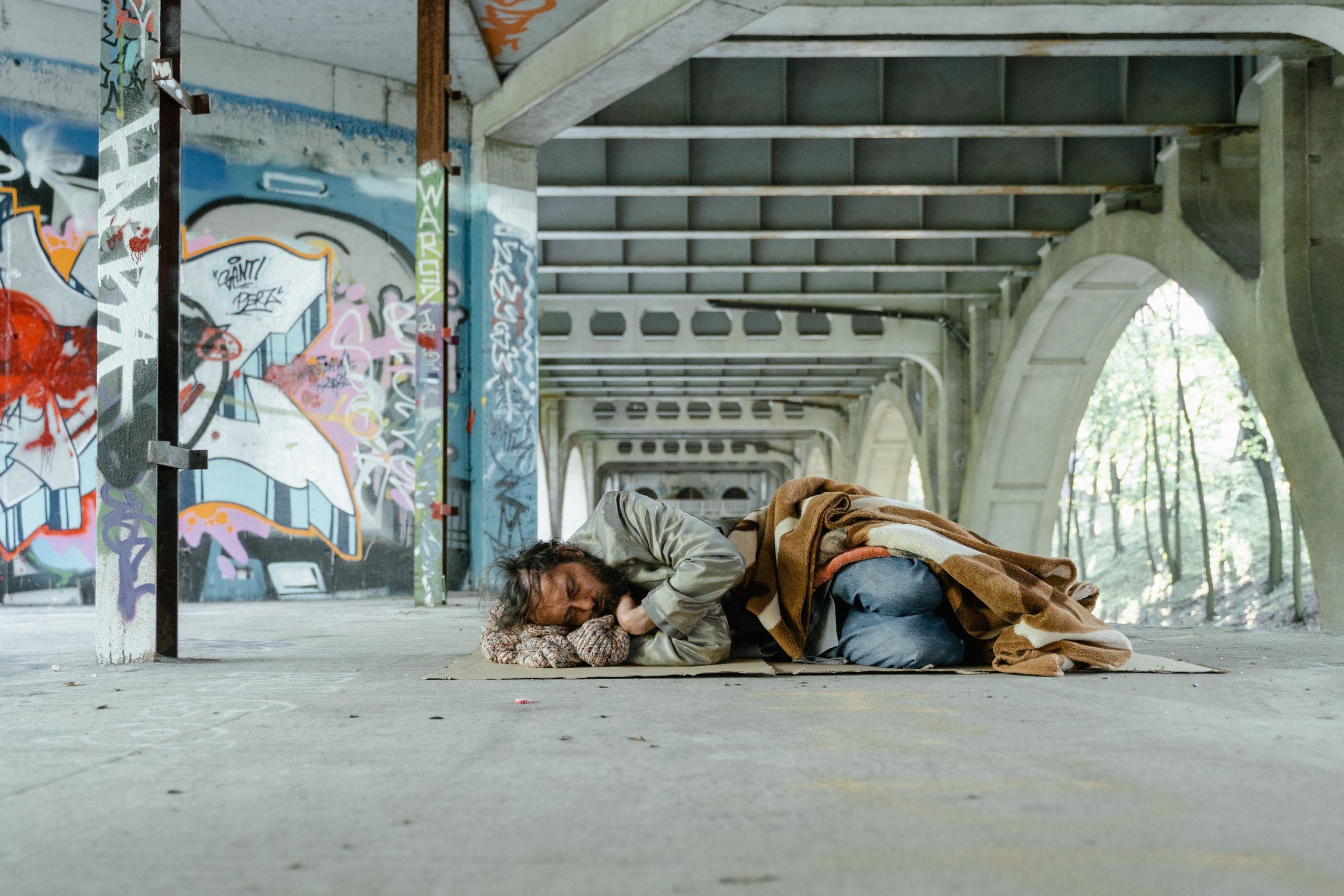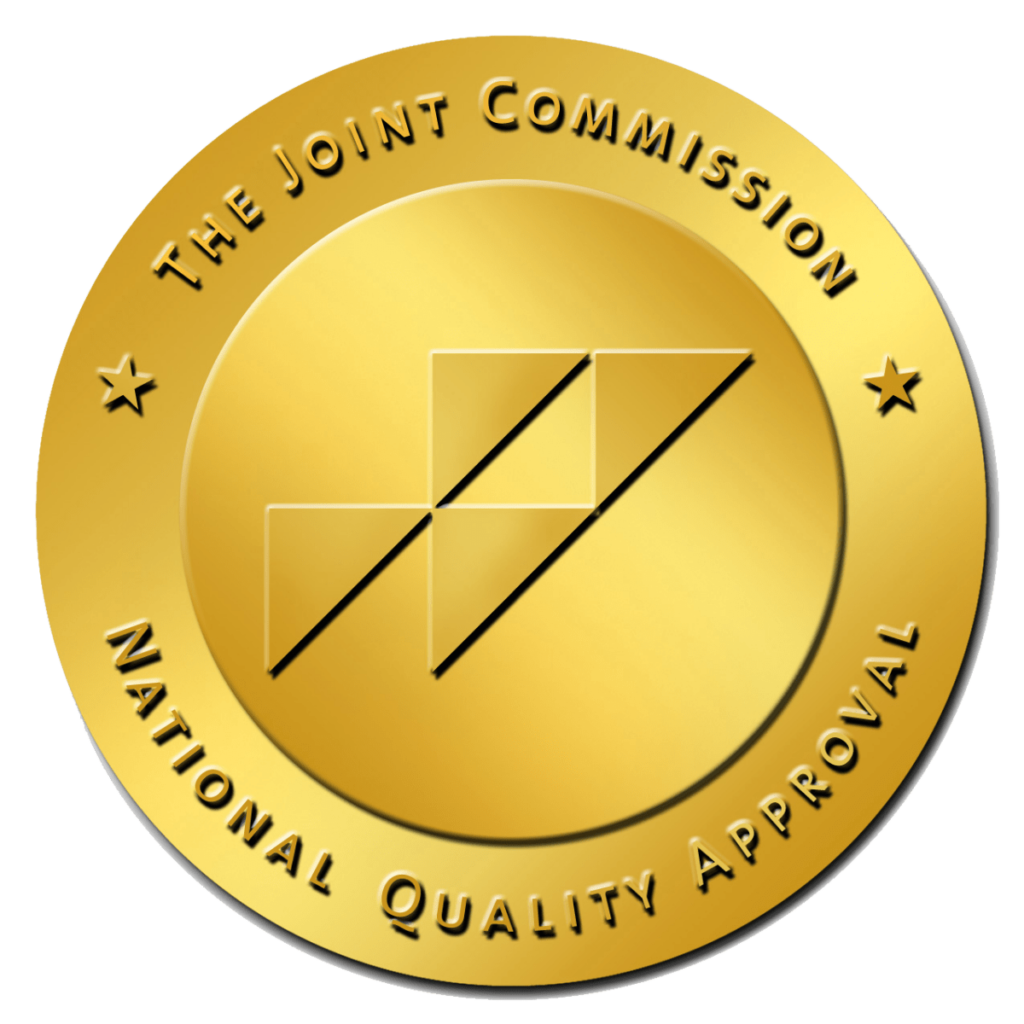The Link Between Homelessness and Suicide
In the 2020 State of Homelessness report authored by the Alliance to End Homelessness, 567,715 individuals were counted as experiencing homelessness in the United States on one January night in 2019. The Alliance’s 2020 report was the last report issued before Covid-19 impacted data collection methods, so one can only imagine what that number is today after the economic crisis the pandemic created in its wake. According to a 2020 edition of The Psychiatric Times, studies have repeatedly found a high prevalence of mental health disorders amongst homeless populations. Where there is a high prevalence of mental health disorders, there often is a high prevalence of suicide given the intertwining of the two.
Mental Health Disorders and Homelessness
Which came first, mental illness or homelessness? Sometimes this can seem like an impossible riddle as the two are so closely linked. Individuals with mental health disorders are more susceptible to three primary problems that contribute to homelessness: poverty, disaffiliation, and personal vulnerability (Ruff Institute). Members of the homeless community often lived in poverty before they became unhoused, many since childhood. Homeless individuals are often invisible within the larger community, pushed to the fringes by methods used to keep them off crowded streets in the open for all to see. If an individual became homeless without a prevalent mental illness, the risk of developing one or an advance in dormant symptoms increases exponentially once they are no longer stably housed. The stress associated with homelessness can exacerbate existing conditions as well as increase fear, anxiety, depression, sleeplessness, and substance use (Ruff Institute). The cost of appropriate behavioral health creates a barrier to accessing necessary psychiatric care, and the essentials such as food, clothing, and shelter are understandably prioritized.
Risk Factors for Suicide
According to the American Foundation for Suicide Prevention, suicide is the 12th leading cause of death in the United States. In 2020, 47,979 Americans died by suicide and there were an estimated 1.2 million suicide attempts. Given suicide is still a taboo topic that is spoken about in whispers, this number may be exponentially higher. These statistics only begin to scratch the surface of how prevalent and alarming this issue of suicide is in the United States. The National Health Care for the Homeless Council identified factors that increase the risk of an individual to commit suicide. Factors included depression, mental illness, anxiety, stress, family conflict, isolation, loneliness, domestic/sexual abuse, unemployment, alcohol/drug use, previous suicide attempts, and adverse childhood experiences. A lack of safe and stable housing is a traumatic experience filled with risks for abuse or exploitation, daily stress around how to survive another day, and loneliness at the fringes of communities. Without proper support around the risk factors that make suicide common for the homeless, the epidemic will continue to grow.
Substance Use and Suicide
In 2016, The Substance Abuse and Mental Health Services Administration (SAMHSA) estimated one in every twelve adults in the United States suffered from a substance use disorder. Again, these statistics are from before the Covid-19 pandemic that only increased the isolation and stressful environment substance use thrives in, so it is reasonable to estimate that this statistic is even more concerning in the present day. Chronic substance use can decrease inhibition, as well as increase symptoms of depression and anxiety, placing an individual at higher risk for experiencing suicidal ideation. As with mental illness, addressing a substance use concern is often not prioritized over basic needs such as clothing, food and shelter, therefore leaving room for a progression of the disease.
The Big Picture
There is not one specific thread that ties homelessness and suicide together. Often a combination of trauma, stress, mental health disorders, substance use, and lack of affordable services come together to form the perfect storm that increases the likelihood of suicide in the homeless population. Addressing the massive problem of homelessness in the United States is a monumental task in itself and is only made harder by the complex issue of suicide. We are here to help — contact us today.










